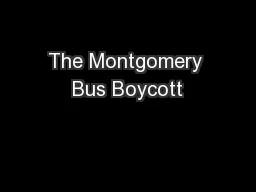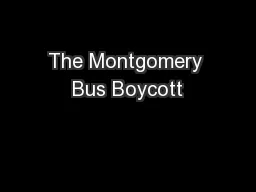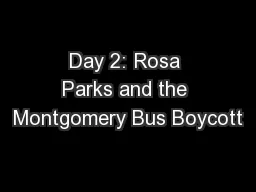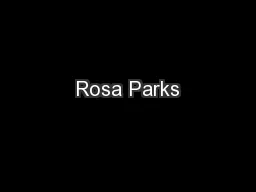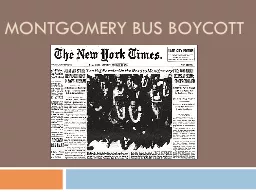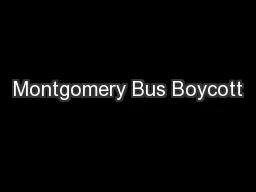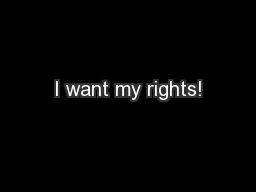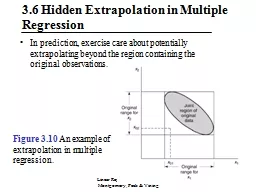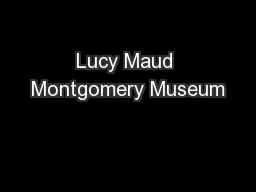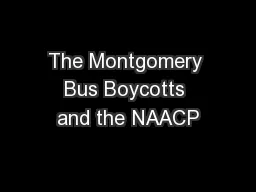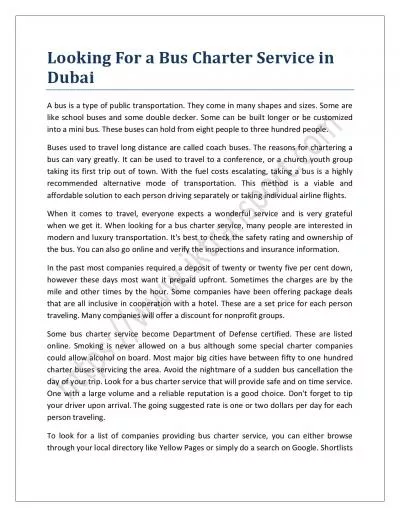PPT-The Montgomery Bus Boycott
Author : mitsue-stanley | Published Date : 2017-03-24
Montgomery Alabama December 1 1955 December 20 1956 Plessy v Ferguson versus Brown V Board of Education Segregation Still at large in the South Sarah Keys v Carolina
Presentation Embed Code
Download Presentation
Download Presentation The PPT/PDF document "The Montgomery Bus Boycott" is the property of its rightful owner. Permission is granted to download and print the materials on this website for personal, non-commercial use only, and to display it on your personal computer provided you do not modify the materials and that you retain all copyright notices contained in the materials. By downloading content from our website, you accept the terms of this agreement.
The Montgomery Bus Boycott: Transcript
Download Rules Of Document
"The Montgomery Bus Boycott"The content belongs to its owner. You may download and print it for personal use, without modification, and keep all copyright notices. By downloading, you agree to these terms.
Related Documents

